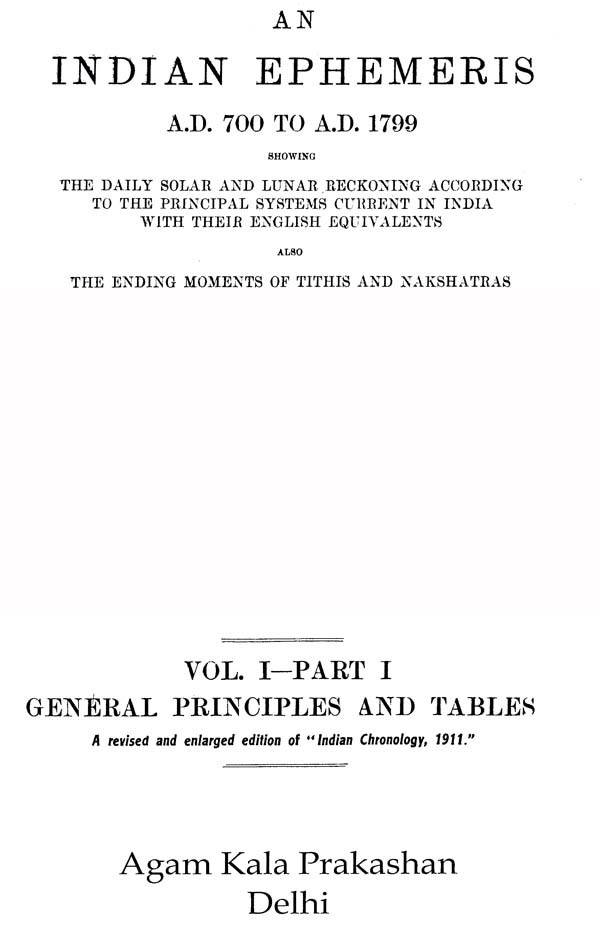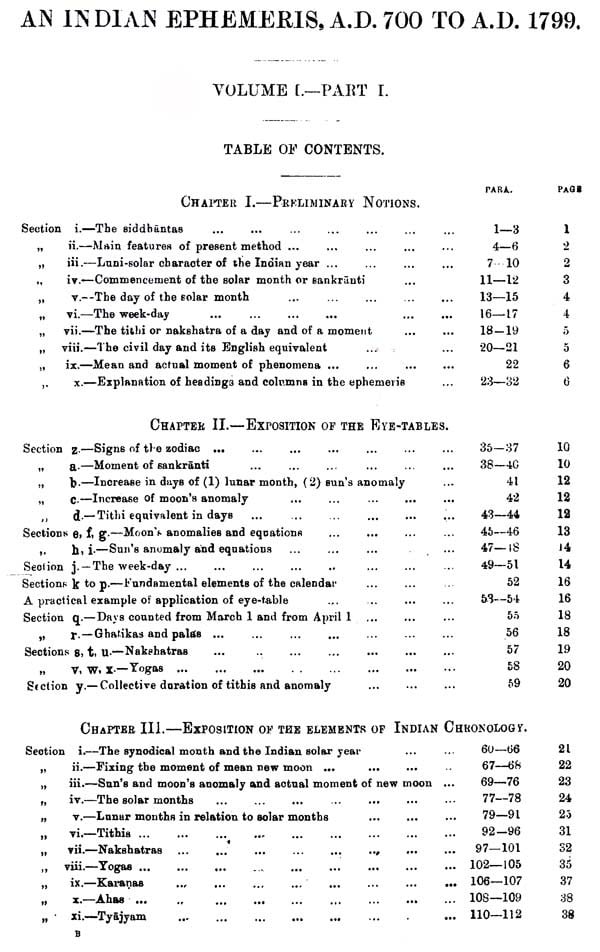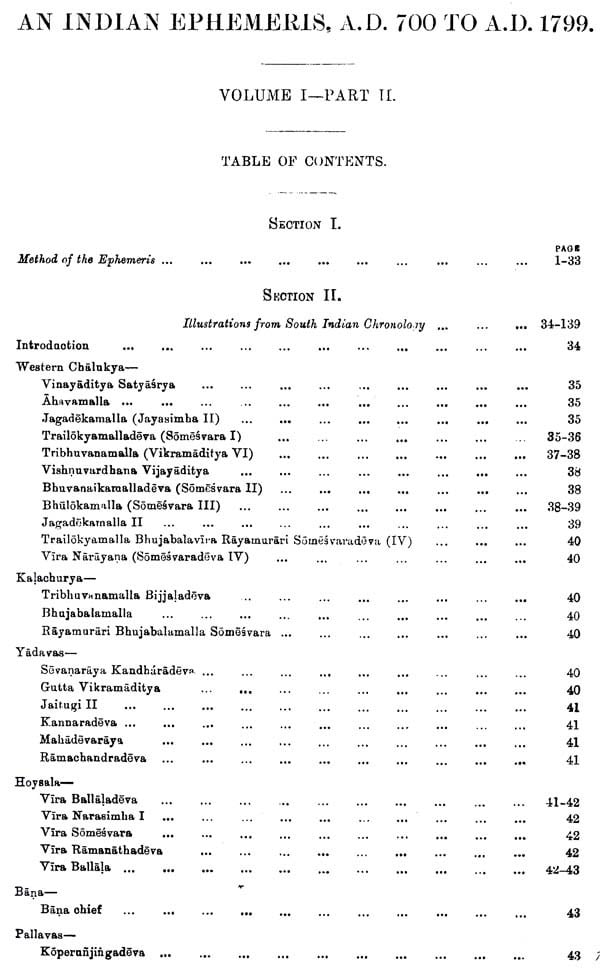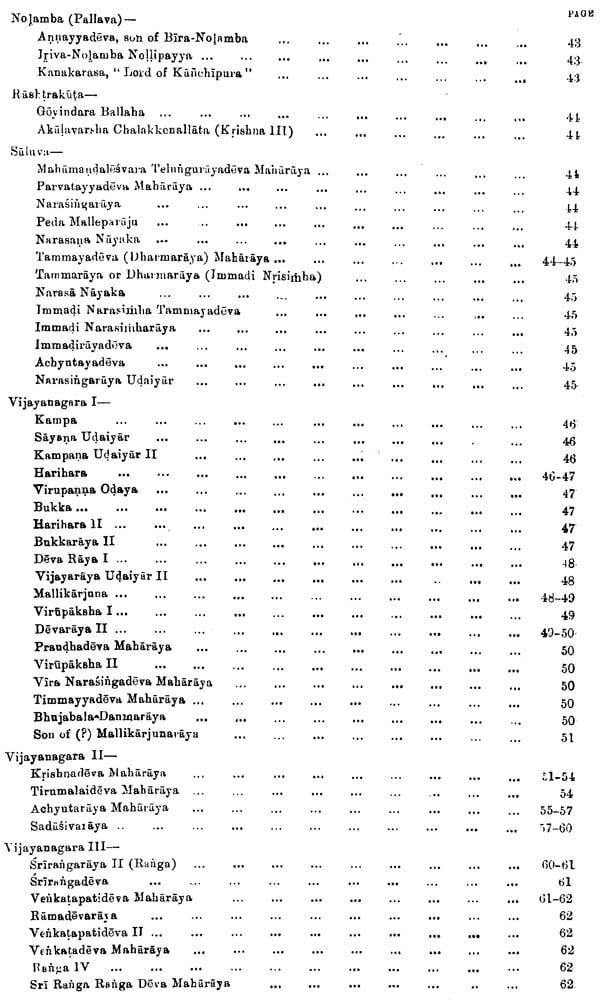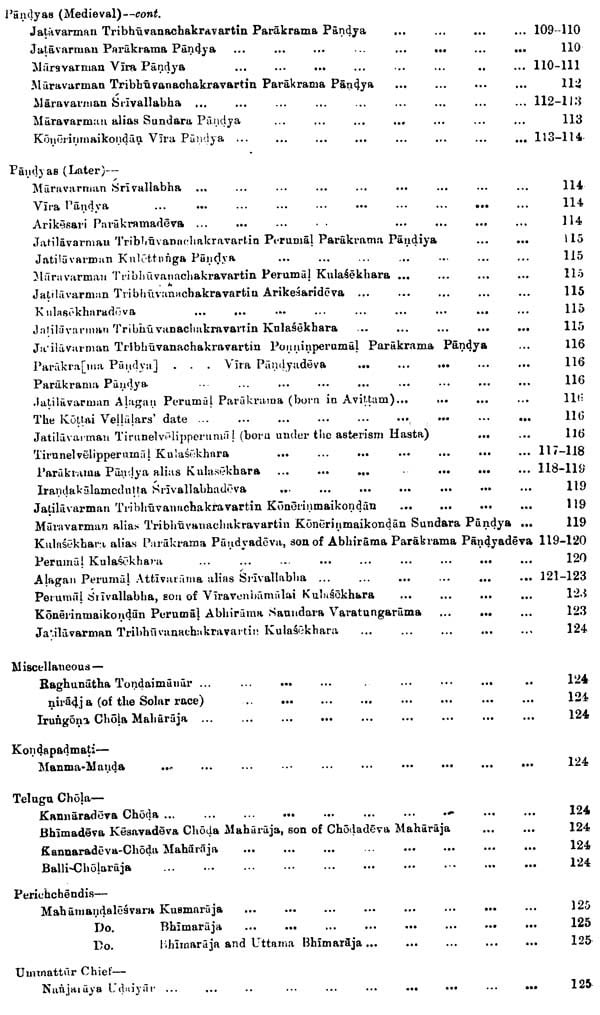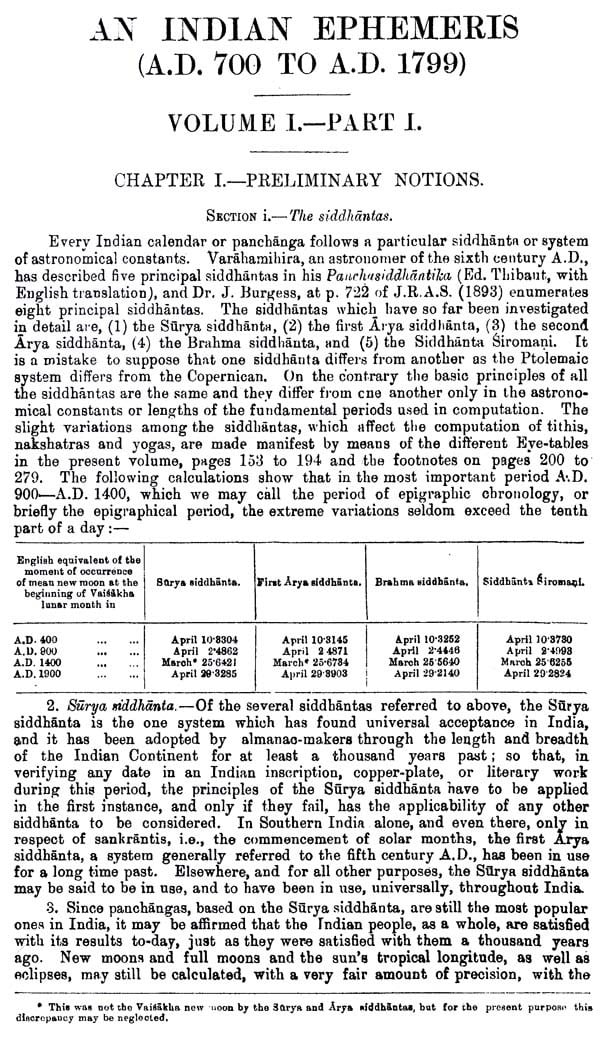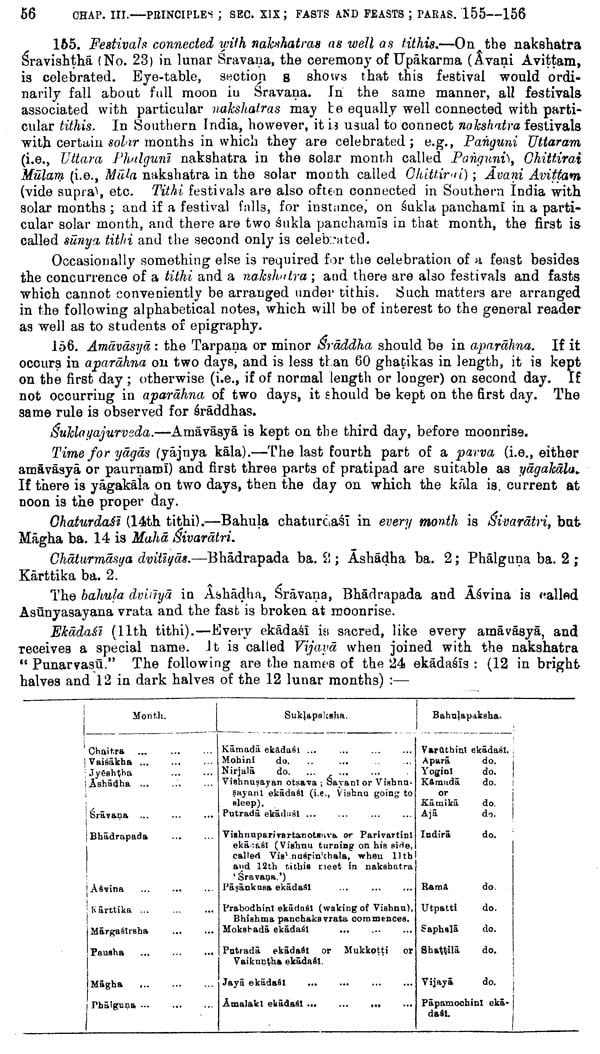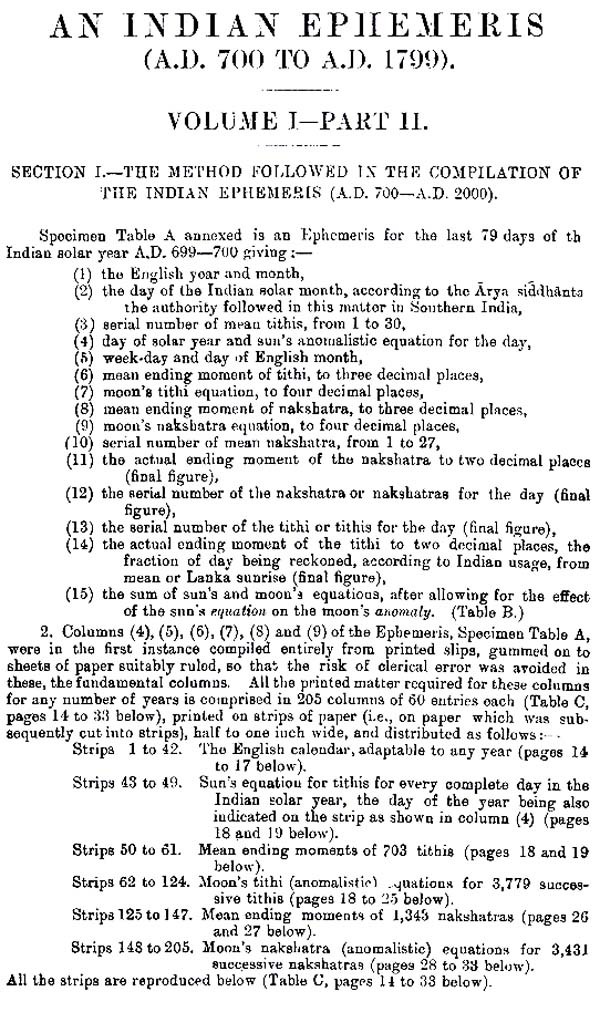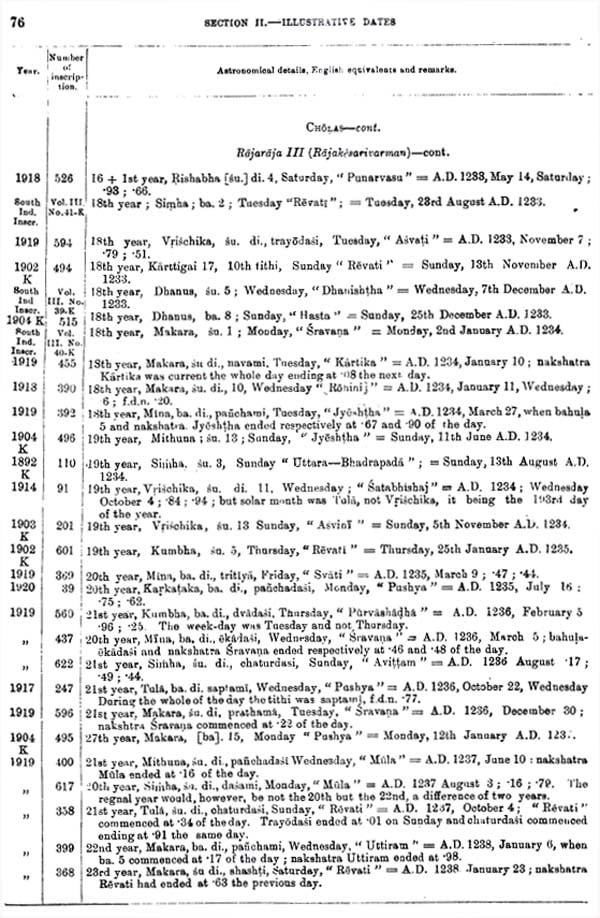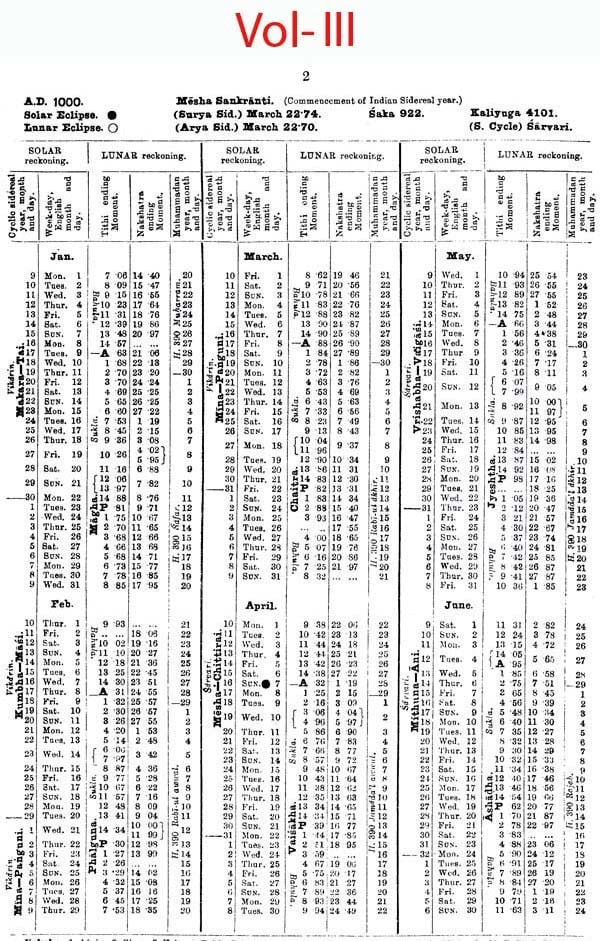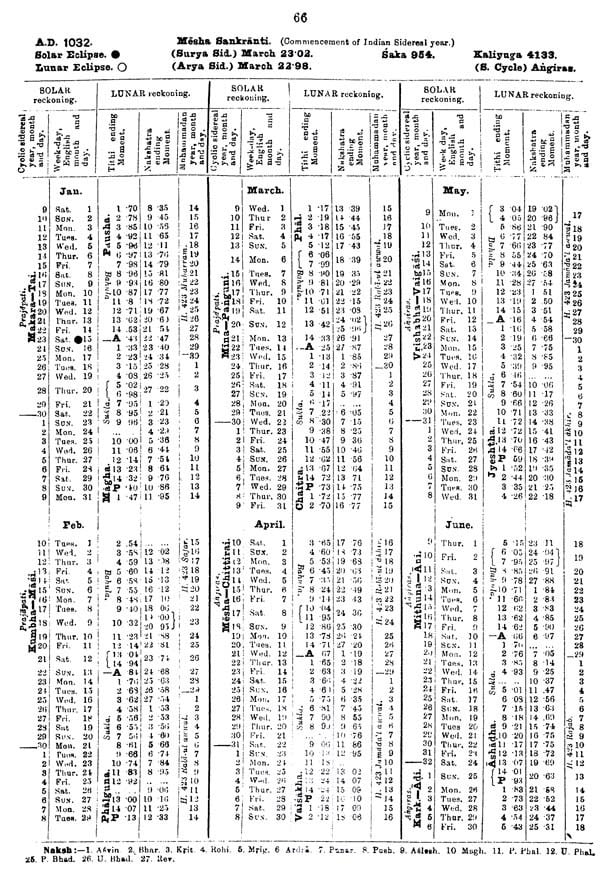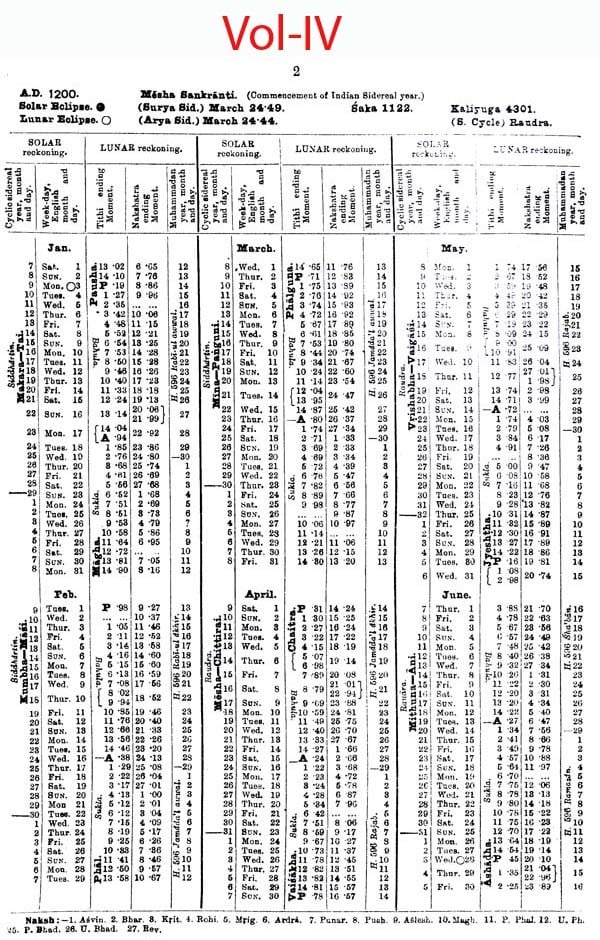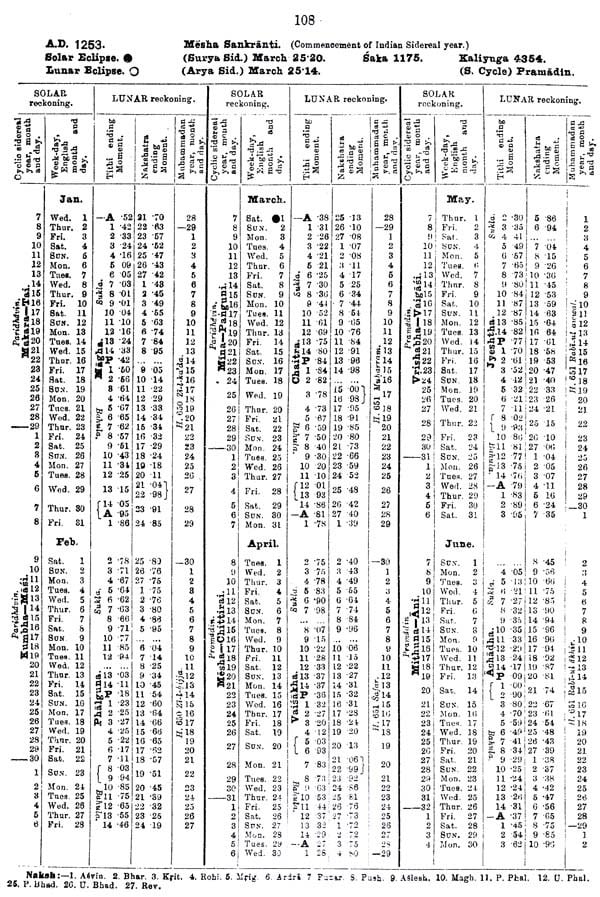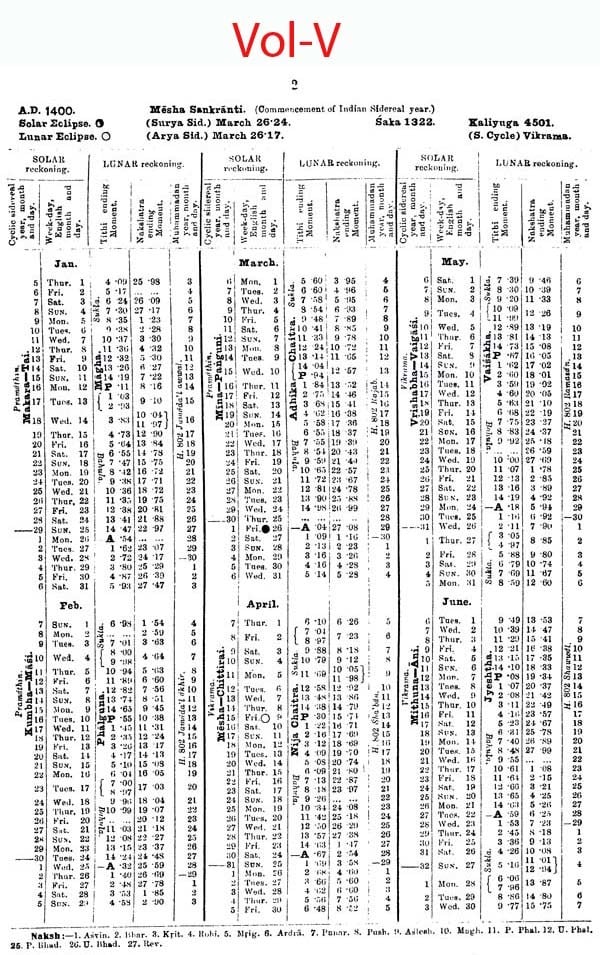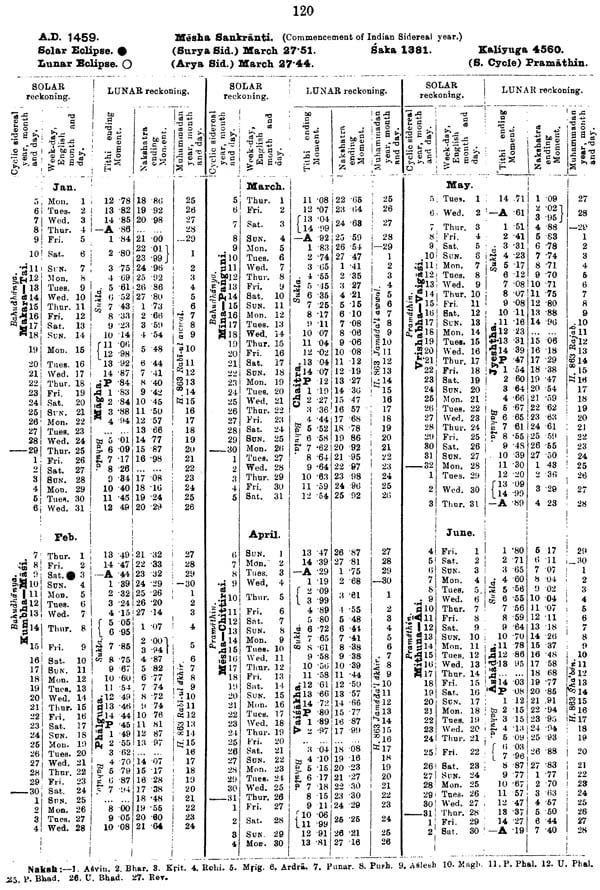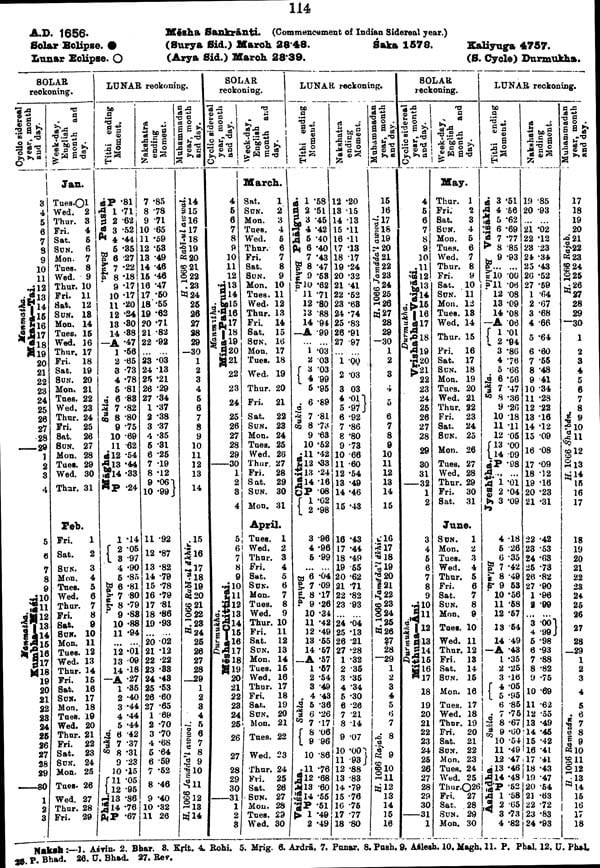
An Indian Ephemeris- A.D. 700 To A.D. 1799 (Set of 6 Volumes in 7 Parts)
Book Specification
| Item Code: | AZH415 |
| Author: | L.D. Swamikannu Pillai |
| Publisher: | AGAM KALA PRAKASHAN, DELHI |
| Language: | ENGLISH |
| Edition: | 2018 |
| ISBN: | 9788173201868 |
| Pages: | 2758 |
| Cover: | HARDCOVER |
| Other Details | 11.00x8.00 inch |
| Weight | 9.18 kg |
Book Description
THE "Indian Ephemeris, A.D. 700-A.D. 2000," in eight volumes, of which the first seven (A.D. 700-A.D. 1799) are now presented to the public, the last and eighth volume (A.D. 1800-A.D. 2000) having been published, by anticipation in 1915, is the outcome of the principles and methods expounded in the author's Indian Chronology (1911) for the computation of eras, tithis, nakshatras, etc. These principles and methods are re-stated, for convenience of reference, in the first volume of this work, which is practically a revised and enlarged edition of Indian Chronology, and is being separately published as such.
2. Its object is to show, for one thousand three hundred years, i.e., from 1st January A.D. 700 to 31st December A.D. 1999, (1) the eras in use at present in different parts of India, Saka, Vikrama, Kaliyuga, Kollam, Bengal San, Northern and Southern Cyclic years, Hijra and A.D.; (2) the solar month and day of the Tamil and Malayalam calendars; (3) the solar months according to the rafis or constellations of the zodiac; (4) the tithi for each day with its ending moment to two places of decimals, equivalent to half ghatikas; and (5) the nakshatra, with its ending moment; (6) the lunar months and pakshas in use all over India and the neighbouring countries; (7) the Muhammadan months and days of the Muham madan months; and (8) eclipses, solar and lunar. For every one of these items the English month and day and week-day are given regularly throughout. It also contains a full exposition of a practical and at the same time accurate method of ascertaining the actual as well as the mean position of the planets, Mars, Mercury, Jupiter, Venus and Saturn for any date and at any epoch.
3. The author, having hit upon a method of calculating by a simple process, but accurately, to four places of decimals, all the elements required for the compu tation of a tithi (i.e., the mean ending moment of each tithi, and the appropriate sun's and moon's equations of the centre) as well as all the elements required for nakshatras (ie., the mean ending moment of each nakshatra and the appro priate moon's equation of the centre) successively for each day, for any number of years, past or future, offered to the Government of Madras to produce (1) an ephemeris in the present form for the whole of the period for which such information would ordinarily be required by epigraphists, i.e., from A.D. 700 to A.D. 1799, and (2) an ephemeris from A.D. 1800 to A.D. 2000 for current use in Government offices. Government accepted both the offers, undertaking to pay part of the cost of compiling the former ephemeris in manuscript and to purchase 1,500 copies of the latter work which was published at the author's expense; they subsequently decided to purchase the copyright of the first edition of the Ephemeris A.D. 700 to A.D. 1799, and the present publication is the result of that arrange ment. The author tenders his thanks to the Government of Madras for their kind patronage of both parts of the work.
4. It is a result, and at the same time an index, of the unique character of the Indian calendar system, that the only satisfactory solution of the many difficulties presented by it to the historian, the chronologist and the epigraphist, lies in the development of a day to day ephemeris such as is now presented; and any attempt to enable the historian or epigraphist to be his own computer of tithis and nakshatras seems predestined to failure. The historian has not often the aptitude requisite for undertaking such computations: and he has still less often the time neoossary for making a number of alternative calculations before selecting the one that rigorously or most nearly satisfles all his data.
**Contents and Sample Pages**
